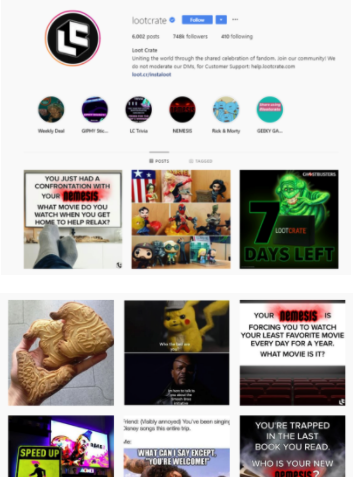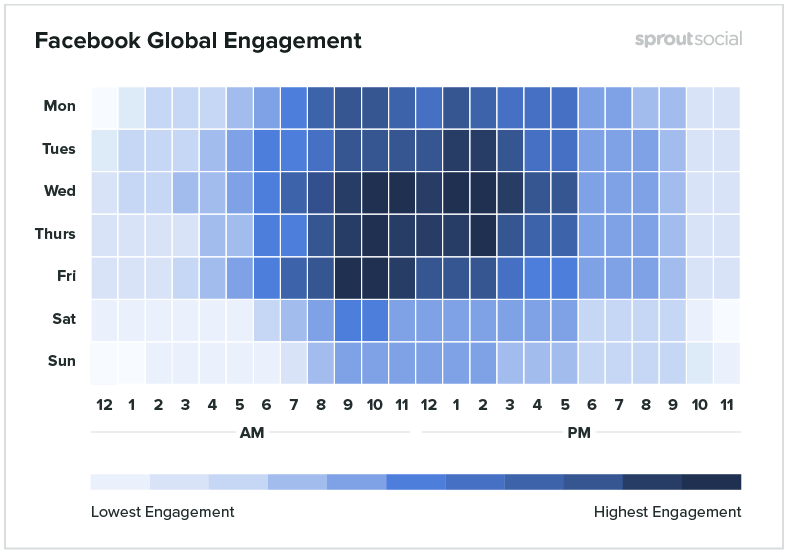Without a doubt, social media platforms and e-commerce solutions are two of the most influential phenomena of the 21st century. Both have significantly changed the way we get information, buy and sell goods & services, and interact with others. Many would attest that both have altered how we see the world as a whole.
Some might argue that social media has seen significantly more evolution than e-commerce. Social media networks began as simple platforms to connect with friends and family. Over the past two decades, they have turned into a divine lens in which nearly half of the human race use to perceive the world around them.
The concept of electronic commerce (while certainly has undergone many technical changes) has largely remained the same.
For most of its short existence, social media remained more or less informational, as opposed to transactional. However, the tide is beginning to turn – and is being met with mixed feelings.
Let’s discuss this interesting relationship between two of the biggest technological advancements of online business.
Is Social Media Really a Good Sales Channel?
Businesses have been able to build a presence on social media platforms for a long time. However, the major social networks were not traditionally viewed as avenues for direct sales. The goal of social media marketing was (and still is) more focused on building relationships with followers and showcasing expertise. In other words, social media marketing has typically been more effective at the top of the sales funnel.
The general consensus is that most people don’t appreciate flashy sales content and promotions on their social feeds. In many ways, the old school playbook of selling is almost entirely obsolete in the world of social media. So, if your social feed resembles a coupon book, you probably won’t get a ton of traction — whether you’re business to consumer (b2c) or business to business (b2b).
The good news is that social media has the potential to be a significant resource for online sales. In fact, studies have found that companies with a consistent social selling process are 40% more likely to hit revenue goals than those without.
However, it all comes down to what you are selling and who you are selling to. Some social channels will work like magic for leads and sales while some will be completely irrelevant. For example, if you are selling products with visual appeal, like clothing or wearable goods, social media platforms such as Instagram or Facebook could potentially be a goldmine.

Regardless of what you are selling on your online shop via social media, the most important thing is that the process is easy for followers.
When you are researching e-commerce platforms, take your time and understand the details regarding social media integrations. Ideally, your social channels should function as an extension of your online store. This means quick and easy access to customer support, checkout processes, etc.
How Social Media has Changed Marketing for E-commerce Companies
The bond between social media and e-commerce has been a fascinating evolution. Many would argue that social media changed the perception of marketing and sales as we know it!
Perhaps the most interesting change that social media has brought to e-commerce marketing is the intrinsic ability to humanize a brand on a very, very personal level.
Over the years, we’ve seen e-commerce stores use social media to build relationships and trust in amazing ways.
Take Loot Crate, an online store that sells collectibles and fan apparel, for example. If you look at their Instagram profile, you’ll notice that they don’t push sales content or any sort of sales regime. Instead, they dedicate the bulk of their posts to humor and audience engagement.

While some of the posts on this feed may seem like they are out of left field, this is a fantastic example of a brand knowing their customers to a tee. Each post works to appeal to a quirky, slightly nerdy demographic who get pop culture references from all over the place.
Truth be told, the transactional aspect of e-commerce has more or less been mastered by Amazon. That said, the ability to build relationships is one of the best ways for smaller online companies to gain a competitive edge.
Where, When, and How to Use Paid Ads
Paid ads have been a cornerstone of social media marketing for a while. While they can be extremely effective, the prices are getting steeper by the day – especially on Facebook.
Keep in mind, the major networks make the process of setting up a campaign very easy. If you don’t know what you’re doing, paid social can quickly turn into a huge burden on your credit card.
For starters, you need to know where you will buy ads. This comes down to simply knowing where your target customers hang out. If you are the type of e-commerce company selling business to business (B2B), LinkedIn would probably be your best bet. On the other hand, if you are an online retailer specializing in trendy clothing, Instagram is the way to go.
Next, you need to know when the most ideal times to publish your paid ads are. When are your target customers most active? This will require you to look into your social analytics. If you have no idea and are starting from scratch, do some experimenting with hashtags to figure out when people are most likely to engage.
To give you an idea, Social Sprout did a study on when people are most active on Facebook for technology-related posts.

They found that the best time to post with this type of content is on Wednesdays at 10 a.m. Based on the findings, the safest times to post tech content are Monday-Friday from 9 a.m. to 3 p.m.
Now, in terms of how you post, this will depend on your goals. Paid social will almost always result in some sort of return; it’s just a question of how it impacts your bottom line.
For example, let’s say you are selling Nimble, and are using Facebook or LinkedIn Ads to promote a free guide. The goal of this campaign is to get people to read this guide and join your mailing list. While this alone won’t contribute to your bottom line, you need to have identified the KPIs that will deem this campaign a success or a failure.
- How much is the ad cost to reach your target audience?
- How many signups are you hoping for?
- How many signups need to result in sales for the campaign to be successful?
The most important thing to keep in mind with social media marketing in e-commerce is that you should always walk before you run. Given the rising costs of paid ads, you are wise to start slow and get a feel for what works and what doesn’t.
What Type of Content Works Best for Sales?
Over the past several years, video content has taken center stage on social media. Mark Zuckerberg has publicly said that he believes most online content will be video in the future.
So where does this leave e-commerce companies, and how does it affect their business models?
Obviously, this is a sign that if e-commerce companies want to make social work for them, they need to up their video strategy. In the notorious Facebook update of January 2018, producing video content essentially became a must for business pages. Moreover, the importance of live video skyrocketed for small businesses and big businesses alike.
Depending on your product(s), there are many different ways you can promote it on social with video. For instance, some products simply need to be seen in action. Here is a great example of the Training Mask 3.0 in use:
In other cases, maybe a full-on product demonstration is ideal. Or, maybe a product comparison. The thing about social videos and e-commerce is you are only limited by your own creativity.
Now, regardless of how you create your videos, the key is authenticity. This is especially true if you go live. To reiterate, social media is a wonderful platform for e-commerce companies to create deep-seated human connections.
Dollar Shave Club has been hitting the nail on the head with authentic videos since day one.
Ultimately, social video should be used to show the world why you are different than everyone else, not just another company trying to push sales.
Wrapping up
E-commerce and social media are becoming more intertwined by the day. As time goes on, this union is going to be even more interesting.
The biggest takeaway from this phenomenon is that social media has essentially redefined the online sales process for many types of e-commerce companies. It’s no longer just about pushing goods and services; it’s about understanding how target demographics function as people as opposed to customers. The better businesses are at understanding this concept and striking a balance, the more successful their sales strategies and business models will be.


